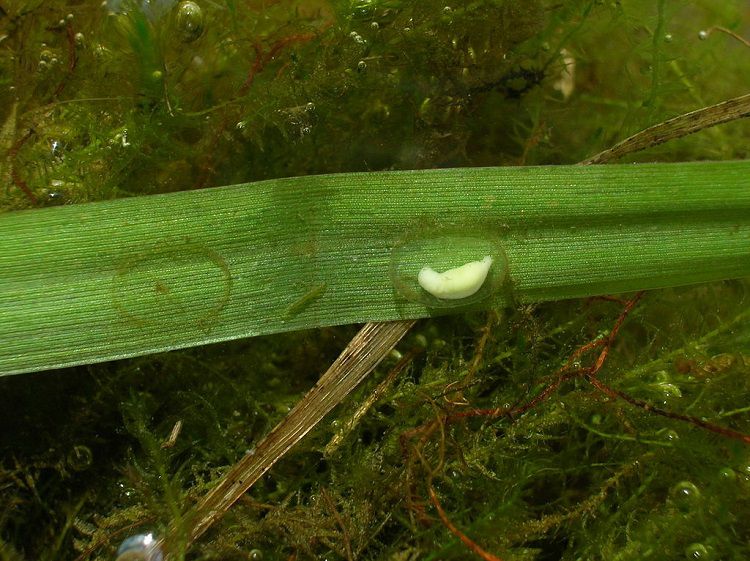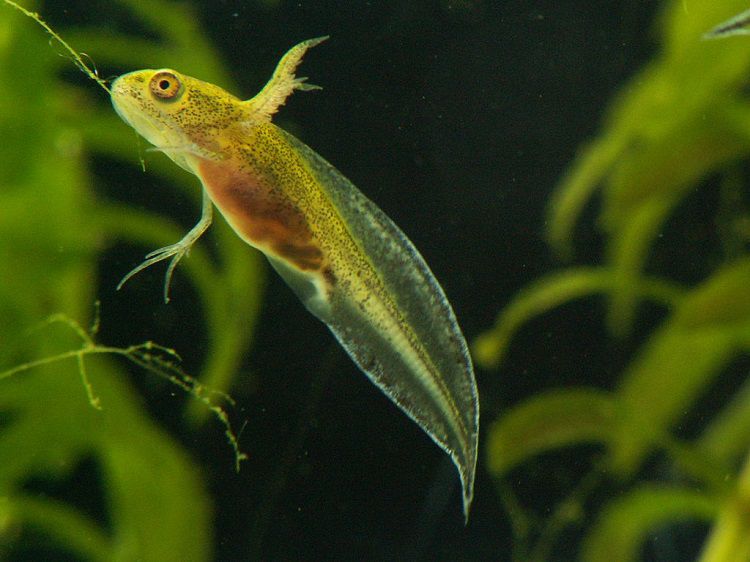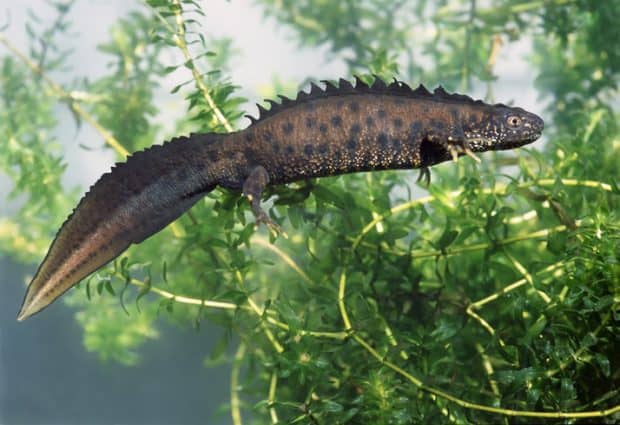Table of Contents
Newts are definitely fascinating creatures. If you are considering getting one, you might want to raise a newt from an egg. If you do, the first thing you need to be aware of is that it can be a challenging endeavor; however, it is also extremely rewarding and, in our opinion, something that should be tried at least once.
If you do manage to raise a newt from an egg, you will definitely feel a sense of achievement, not to mention developing a strong bond with it. Newt eggs are readily available from those who already have newts in captivity.
What You Will Need
Taking care of newts means that it is important to create the ideal environment for them to live in. Being amphibians means that newts live both on land and in the water
means that it is important to create the ideal environment for them to live in. Being amphibians means that newts live both on land and in the water . Therefore, you will need a tank that has water with a land bank that is easily accessible for your newts. This will be necessary for your newts once they have hatched and begun to grow.
. Therefore, you will need a tank that has water with a land bank that is easily accessible for your newts. This will be necessary for your newts once they have hatched and begun to grow.
When it comes to egg larvae, you will need to have some aquatic plants in the tank. Alternatively, you can use torn strips from clear plastic bags. Some newts like to lay eggs in plastic (which probably goes to show what our world is coming to in regard to plastic in the environment, but that is a different story for a different day). If you do not have any adult newts in the tank, you can place the purchased eggs in the substrate or on the leaves of the plants. You will not need to worry too much about hiding the eggs as there will not be any adult newts about to eat them (which is something they have been known to do).
How to Take Care of Newt Eggs
The average time for newt eggs to hatch is around three weeks, but this is species-dependent. Some newt eggs will hatch in as little as a week. You will not need to do much in the lead up to hatching. Just make sure that the tank has a supply of air.
Newts that hatch from eggs do not generally need to eat straight away. They have all they need to survive for the first few days already in the form of a yellow or white yolk in their stomach. This yolk will disappear after these first few days and, during this time, the larvae will change quite a bit. You will notice that they start to change from resembling tadpoles to creatures with broader, flatter tails. You may even see their front legs starting to appear.

It is important to offer food after a couple or so days though. Brine shrimp are a good choice for larvae, and you will know they are eating when you see them hopping to grab the food. Obviously, because of their small size, you will need to find tiny live food for the larvae. As mentioned above, brine shrimp that has freshly hatched is a good option. So too are micro worms, bloodworms, and blackworms. If you prefer, you can buy frozen bloodworms to feed your newt larvae with. You will need to feed them at least once per day as they need to eat regularly at this stage of their development.
Where to Put Newt Larvae
Although you can leave your newt larvae in your main tank, it is probably best to keep them in a shallow container initially. This will make it easier for you to take care of them, as they will need their water partially changed every day. As they grow, you can move them to the big tank.
You are likely to have a filter in your main tank; if this is the case, be sure that it is not producing a strong current. It might be best to cover the filter intake with netting or some nylon stocking to prevent any larvae from being sucked in.

Raising Newt Larvae Along with Adults
If you have managed to raise newts from eggs, then congratulations and kudos to you. You are now likely to find that your own newts will reproduce and begin to lay eggs themselves. When raising newts with adults, there are some things that you might need to do a little bit differently. For example, you may need to remove the adult newts from the tank once the eggs have been laid. This will prevent them from eating the eggs, as discussed above. Be sure to keep the adults separate from the larvae when they first hatch too, as they may eat them.
and begin to lay eggs themselves. When raising newts with adults, there are some things that you might need to do a little bit differently. For example, you may need to remove the adult newts from the tank once the eggs have been laid. This will prevent them from eating the eggs, as discussed above. Be sure to keep the adults separate from the larvae when they first hatch too, as they may eat them.
Photo Credits:
- Featured Image (Great Crested Newt): Great Crested Newt: http://www.nationalarchives.gov.uk/doc/open-government-licence/version/3/

- Developing Egg of Northern Crested Newt: Piet Spaans – This file is licensed under the Creative Commons
 Attribution-Share Alike 2.5 Generic
Attribution-Share Alike 2.5 Generic license.
license. - Northern Crested Newt Larva: Piet Spaans – This file is licensed under the Creative Commons
 Attribution-Share Alike 2.5 Generic
Attribution-Share Alike 2.5 Generic license.
license.

